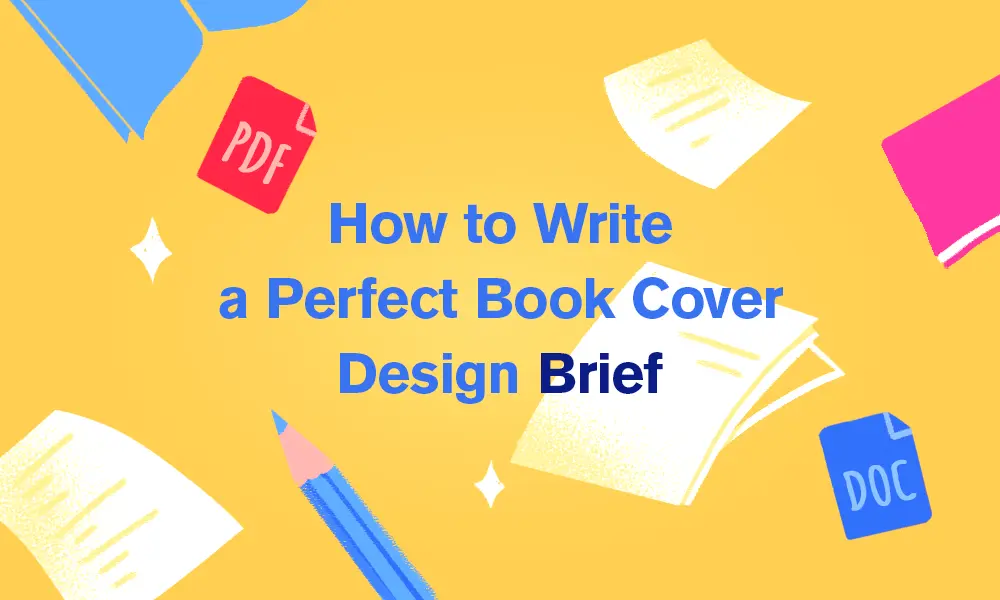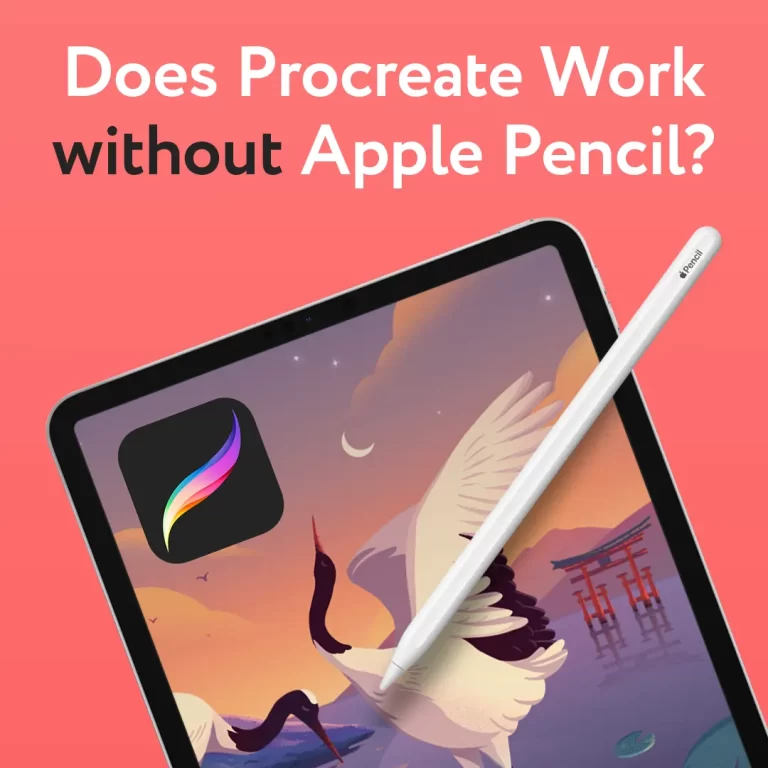How to Write a Perfect Book Cover Design Brief
If you’re an author looking to hire an illustrator/designer for your book cover, the first thing you need to do is clearly explain what you want. That includes the type of cover you want, what your book is about, how quickly you need it, your budget, and other details.
All of these details should be outlined in a brief that you write and provide to the artist. Unfortunately, many writers either don’t realize this, or aren’t sure what exactly to include, which can lead to misunderstandings and unnecessary back-and-forth with a designer.
But don’t worry, I’ll walk you through how to write it.
This step-by-step guide will show you How to write a perfect book cover design brief so you can avoid confusion and make sure your artist knows exactly what you need.
Trust me – if you provide a solid brief, any artist will not only appreciate it, they will love you right away! And starting a collaboration on the right foot is always a good thing 😊
Key Book Details
Start the brief with these key elements about the book itself:
- Book Title – Be sure that the spelling is correct.
- Author Name – Kinda obvious, you do want see YOUR name on YOUR book, right?
- Book Genre – Let the artist know what genre they are going to work with, it is important.
- Target Audience – Tell who your book is for is really helpful, because it may shape the overall design direction.
- Book formats – Specify all the formats you will need: physical (hardback, paperback, etc.) and digital (eBook, audio-book, thumbnails, etc.).
- Back cover – Inform the designer if you will need a back cover design as well, and specify the details (illustrated or not, what to include there, etc.).
- Font design – Typography is sometimes considered to be a separate part of the book cover. If you want the same artist to handle it, make that clear.
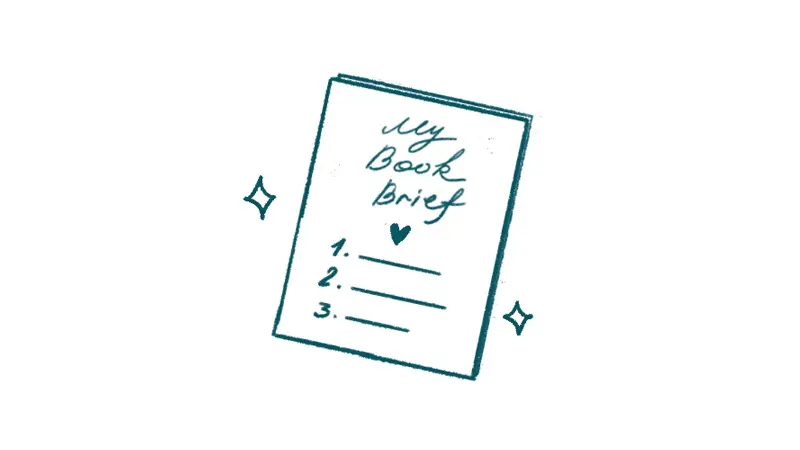
Additionally, you can describe the book’s tone & mood. This helps the artist to better understand possible visual representation.
On top of it, you can provide a short book synopsis. No need to reveal all the plot twists and secrets. But a concise summary of the story will give the designer a necessary context. Which in return might give them some awesome creative ideas that would make your cover really stand out.
Visual References
The next part of a good brief is visual references. Surf the web, try to remember what book covers you love, think of images that inspired you the most. Then, gather the links to those books or save those images, and provide the to your cover specialist.
Style references are one of the most important elements you can (and should) provide to an artist. They show what exactly you like, what layout you want, what you preferred color palettes are, what typography styles you find appealing.
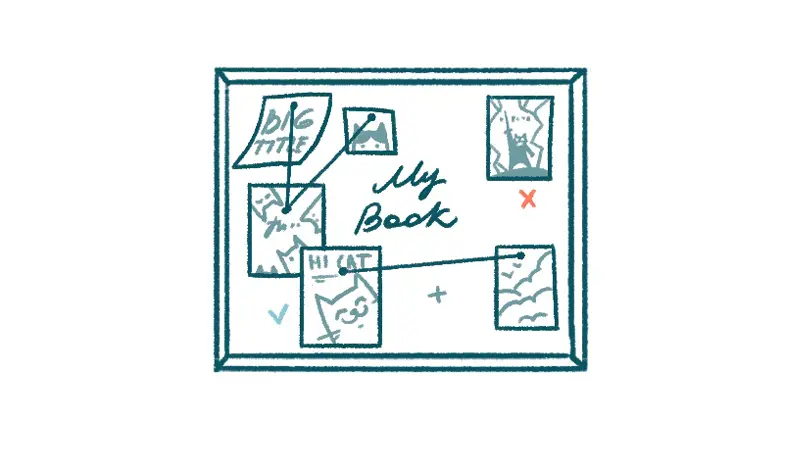
No need to collect hundreds of examples though. The goal of visual references is to narrow down the artistic direction, not make it confusing. Around 3-6 cover examples should be enough.
Additionally, you can specify what book covers you dislike. For example, if you don’t want a huge title in in the center of the book – make sure to mention it.
Timeline
Always state the deadline for the delivery of the final book cover. Remember, the amount of time the designer has can impact the price they charge. Besides, artists need it to understand if they have enough time when they check in with their current schedule.
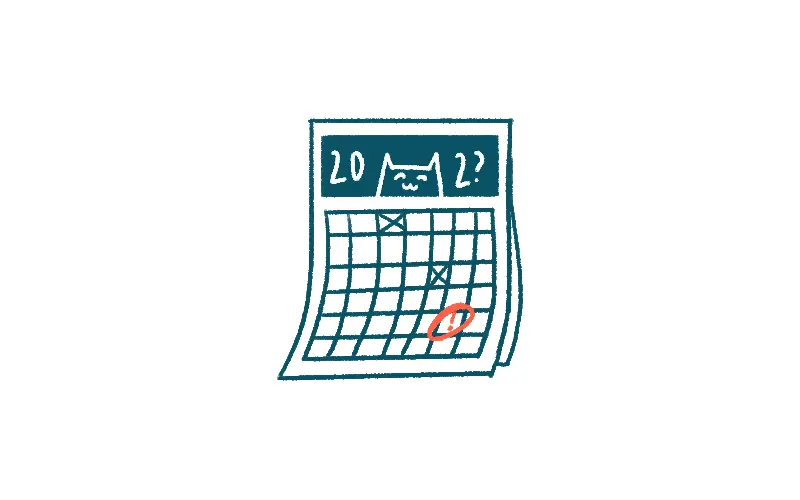
If you are not in a rush, and you don’t really care – it’s best to set the turnaround time to at least one month. Everything shorter may be considered as an urgent project, which could increase the commission fee.
Technical & Formatting Requirements
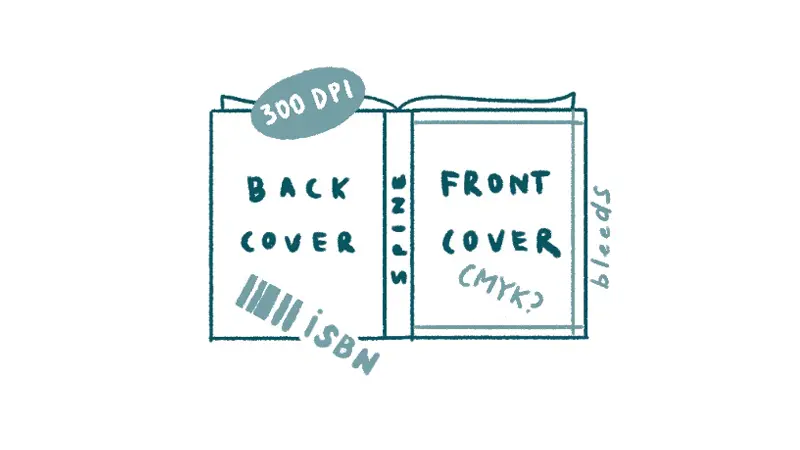
Every book you’re gonna publish will come with specific technical and formatting requirements, such as trim size, resolution, spine measurement, bleeds, etc. If you’re not sure what these measurements are exactly – just ask your publishing house or printing service where you’re going to print out your book. They will provide all the necessary details. Include these numbers in your brief.
By the way, formatting specs are different between paperback version vs. ebook and audiobook covers. So, if you will be releasing different versions of your book, be sure to point out the requirements for each.
Budget
One thing often left out of a brief is the budget. And I totally get why people do it. Many authors see it as a business tactic. Instead of stating the budget themselves, they ask the designer how much it would cost. Hoping the designer will quote a lower price than what they were actually prepared to pay.

But the truth is, this approach isn’t particularly effective. You’ve already put in your time and the effort to detail your book cover vision in the brief, so the artist already knows the workload, complexity, style, and timeline. Now, they want to know if all that work is worth their time.
It’s ok to tell your budget right away or include it in the brief. Then even if the artist thinks it’s on the lower side/not enough, but they like your concept, they might actually offer the ways to adjust the workload or design to justify the lower budget and still take the project.
For example the artist might agree to take the commission but instead of fully illustrated back cover they can suggest making it minimalist/text-based.
In my experience as a full-time illustrator, including the budget in the brief makes everything much simpler and smoother.
Speaking of price negotiating, I’ve shared some insider tips on how to save money on book cover in this article: Best Affordable Book Cover Options for Indie Authors, you might find it useful 🤓
Questions to Ask

A brief isn’t just about telling the designer what you want. It’s also an opportunity to ask key questions to determine if they’re the right person for your book cover project.
For example, you might ask:
- Do you use AI-generated images in the final book cover?
- What are the payment terms?
I’ve talked about this in detail in my guide How to Spot a Great Book Cover Designer. It’s a quick read and can help you know exactly what to look for, so be sure to check it out!
Mistakes to Avoid
There are a few common mistakes that can weaken your brief. One of them is being too vague in your descriptions. If you have a particular vision or concept in mind, try to be as precise in describing it as possible. The better you articulate your wishes, the easier it will be for the designer to do their job and bring them to life.
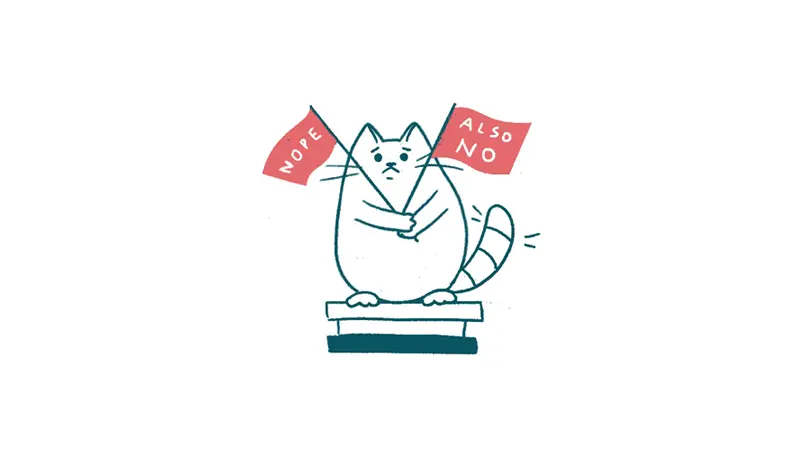
Giving specific task and directions to the cover designer will save them time and therefore might actually indirectly affect the price.
That said, you should avoid overloading your brief with excessive details. For example, too many visual references may confuse the artist. They might try to focus on details that aren’t actually important to you. It’s better if you keep it clear and concise.
Conclusion
If you provide an artist with a detailed and well-structured brief, it will be much easier for them to understand your needs, and know what kind of cover exactly you wish.
On top of that, a good brief can help the illustrator/designer evaluate their commission fee. They will have all the necessary information in order to give you a clear price estimate right away.

